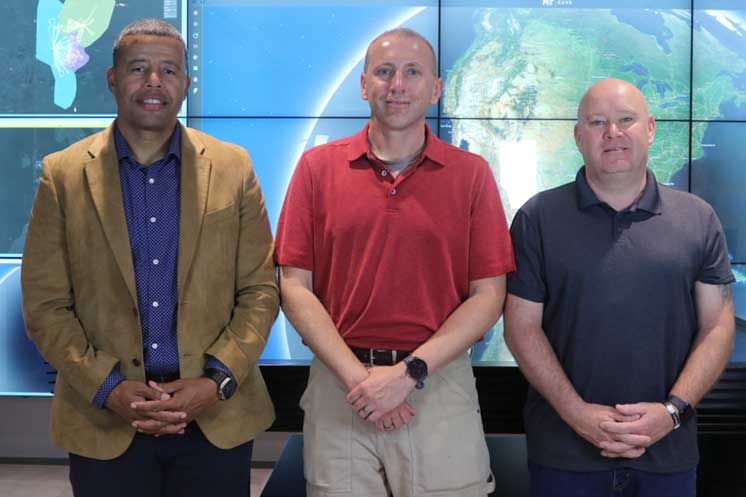Research and Education that Matter
Fellows at the MIT Kuo Sharper Center for Prosperity and Entrepreneurship dream big while staying true to themselves. “MIT taught me the human side of entrepreneurship,” says Arjav Shah SM ’22, PhD ’25, whose startup focuses on therapeutic biologics.
MIT’s Supply Chain Management program hosts three fellows each year from the US Army, reflecting the strong links between the military and the logistics industry. “If you think about it, logistics started as a military function,” says Chris Caplice.
The startup Amogy, founded by four MIT alumni, offers technology that could unlock ammonia as a major fuel source. Its ammonia-cracking and ammonia-to-power systems could reduce emissions in maritime shipping, power generation, manufacturing, and more.
Experiences with MIT EMS and AFROTC inspired MechE senior Josh Randolph to aim for medical school so he can join the Air Force as a doctor. “I always wanted to be in public service, serve my community, and serve my country,” he says.
In a world without MIT, radar wouldn’t have been available to help win World War II. We might not have email, CT scans, time-release drugs, photolithography, or GPS. And we’d lose over 30,000 companies, employing millions of people. Can you imagine?
Since its founding, MIT has been key to helping American science and innovation lead the world. Discoveries that begin here generate jobs and power the economy — and what we create today builds a better tomorrow for all of us.






